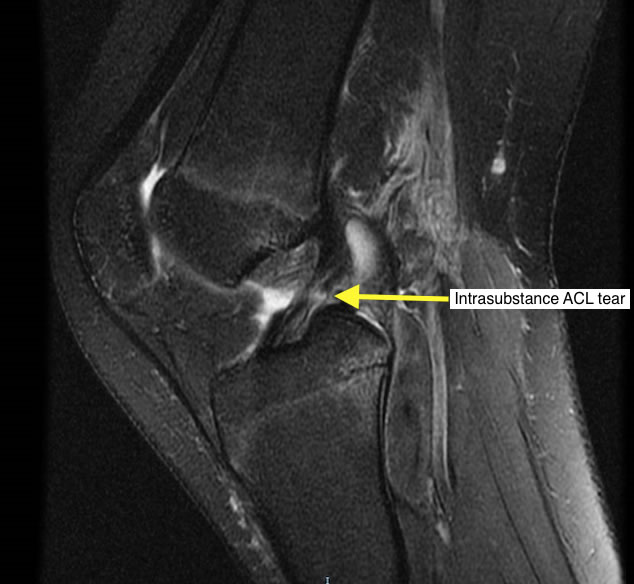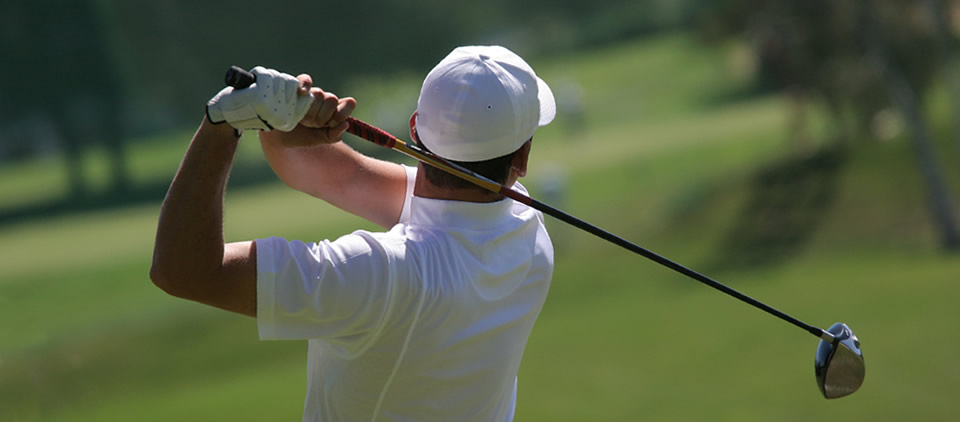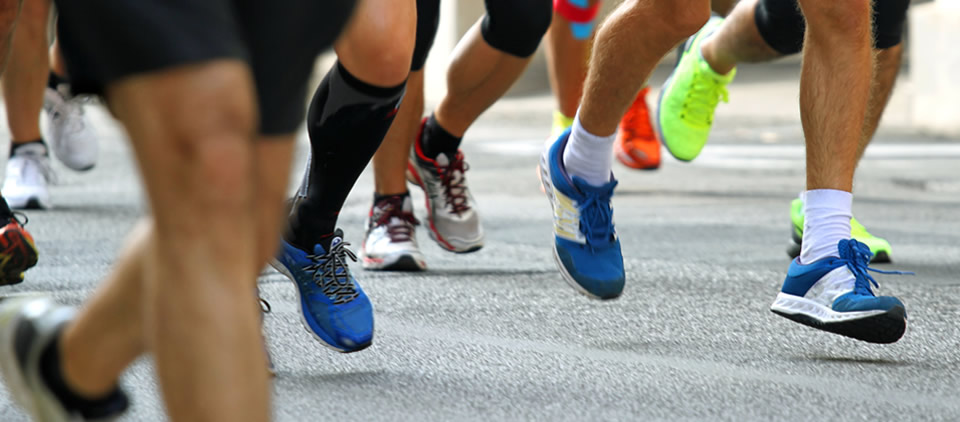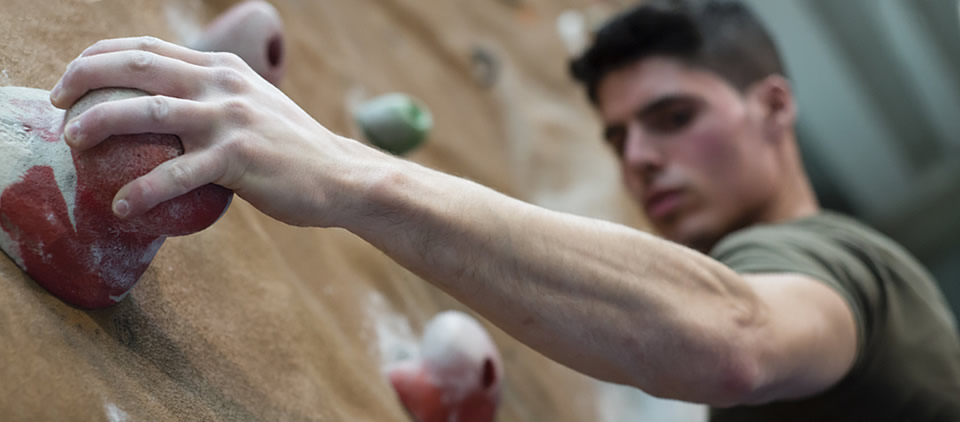Anterior Cruciate Ligament Tear
The anterior cruciate ligament (ACL) is a ligament in the centre of the knee which plays an important role in stability of the knee. It prevents the tibia rotating excessively relative to the femur and the tibia sliding forward relative to the femur.
Cause
The anterior cruciate ligament is often injured when the knee is suddenly pivoted or twisted with the foot planted. It can also be injured through direct blows to the knee and in high energy injuries in association with other knee ligament injuries.
Typically the knee will swell after about 15 minutes due to bleeding in the knee from the torn ligament.
Weight bearing may or may not be possible after the injury. Regular icing and anti-inflammatories are encouraged at this time.
Diagnosis
A clinical history and medical examination may suggest the diagnosis of an ACL tear. A radiograph is performed to exclude any fractures and an MRI scan of the knee is performed to confirm the tear. The scan can locate the site of the tear in the ACL (an avulsion from the bone or more commonly an intra-substance tear in the middle of the ligament).
Symptoms
A tear of the anterior cruciate ligament can cause instability of the knee- where the knee recurrently gives way. This frequent giving way can cause ongoing damage to the articular cartilage and menisci in the knee. In this situation surgery is normally recommended to prevent further ongoing damage to the knee and to facilitate return to sports.
Treatment
Acute avulsion tears of the ACL (ligament pulled off the femur or the tibia) may be suitable for an acute repair (click here for further information on ACL preservation surgery).
Intra-substance tears require ACL reconstruction surgery where a new ligament is passed through the footprints of the native ACL. This new ligament can be created by harvesting tissue from the patient (most commonly two of the hamstring tendons), using donated tissue from another human (allograft) or synthetic. Click here for further information on ACL reconstruction).
One third of patients may experience no instability of the knee, in which case surgery is not indicated but physiotherapy is recommend to condition the quadriceps and hamstring muscles and improve the proprioception (internal balance) of the knee.
MRI scan of intra-substance ACL tear

Lateral femoral and tibial bone oedema and bone bruising secondary to ACL tear



